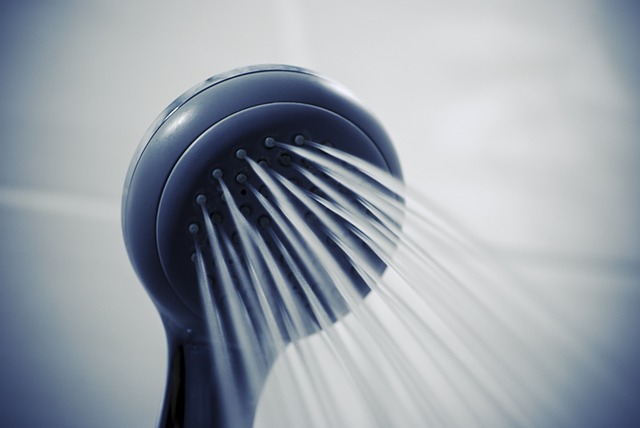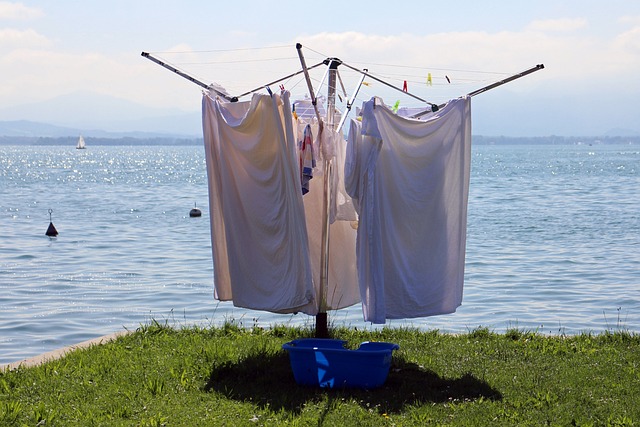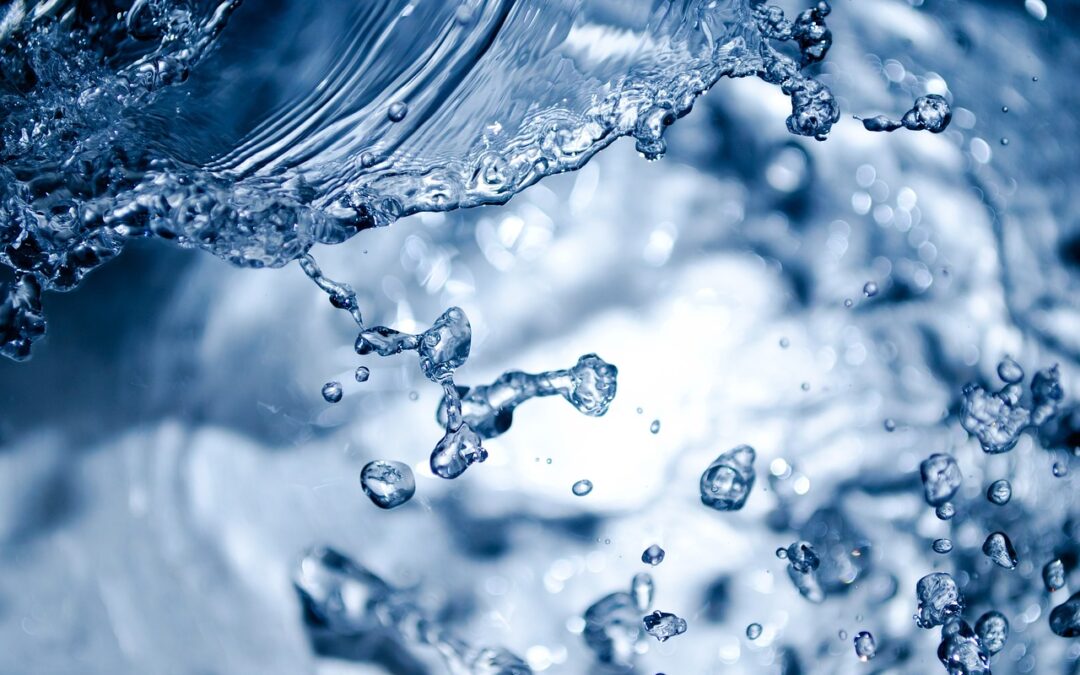Residents throughout BC were recently asked to start conserving water.
Bowinn Ma, our new minister of emergency management and climate readiness, said water supply is already extremely low in much of the province. All of Vancouver Island is now at Drought Level 5, the highest level.
“We are anticipating a very serious drought season that will require action from everyone,” Ma said on July 13.
We need to conserve water for essential uses, such as drinking, watering, and fire-fighting, and for industry, farmers’ crops and livestock, as well as meeting nature’s needs.
But, no worries… Using less water is surprisingly easy and painless!
Read on for lots of ideas…
 Kitchen:
Kitchen:
– Keep a medium-sized unbreakable bowl in your sink to capture waste water, e.g. water you run while waiting for it to get cold or hot. Empty it into a spare bucket. Use the bucket for watering, or to flush toilets. (In the average home, toilet flushing accounts for 28% of water use!)
– Wash fruits and vegetables in a bowl or pan of water, then use it to water plants.
– Compost leftovers instead of using a garburetor.
– Defrost food in the fridge, not under running water.
– Soak crusted-on pots and pans in water, instead of scrubbing them under running water.
– Keep a bottle of drinking water in the fridge, instead of running water till it’s cold.
Dishes:
– Wash or rinse dishes in a pan of water, not under running water. Rinse in another container of clean water, or by running a thin stream of water, switching it on only when you need it.
– Use leftover dish or rinsing water to flush the toilet, or to water outdoor flowers, vegies, trees or shrubs. Do not dump water at the base of a tree or shrub. This can cause damage to the tree. Strawberries and azaleas are sensitive to salts, avoid using greywater on them. (More info on using greywater in the garden: https://vric.ucdavis.edu/pdf/fertilization_Householdwastewater.pdf)
– Use the light-wash setting on your dishwasher. It will usually clean your dishes just as well, and you don’t need to pre-rinse. This can save 55 percent of the water you’d otherwise use.
 Bathroom:
Bathroom:
– Turn the faucet off while brushing teeth or soaping hands (saves up to 15 litres a minute, or thousands of litres a year).
– Keep a smaller bowl to capture water when you wash and rinse your hands. Add it to a bucket and use it to flush or water.
– Modern faucets are often designed to release a strong flow of water. Train yourself to reduce flow to only what you need.
– Plug the sink to rinse your razor, and save more than 1000 litres a month!
– When filling the tub or sink with warm water, put the plug in before you turn the taps on. The initial cold water will be warmed as it fills.
– Turn off the water while soaping your hair. You could save over 500 litres a month.
– Don’t use the toilet as a wastebasket. Flushing tissues, etc., can take 18 litres of water or more, if you have an older toilet.
– Take an empty bucket or dishpan into the shower. Use collected water for plants or to flush the toilet.
– ‘If it’s yellow, let it mellow… If it’s brown, flush it down.’ Consider not flushing as often. Or use a bucket of wastewater to flush urine. (If you’re letting the yellow mellow, you can put toilet paper used to blot urine in the wastebasket so it doesn’t clog the toilet. It should not smell.)
– Shortening showers by a minute or two saves over 500 litres a month.
– Better yet, turn on the shower only after you’ve soaped up with a wet washcloth or soap bar – you can bathe in less than a minute.
– To cool off on hot days, wash all over with a sopping wet cloth. Or spritz yourself with a spray bottle. Or place a damp cloth on the back of your neck. (Some like to put it in the freezer for a little while first.)
 Fix Leaks, Etc.:
Fix Leaks, Etc.:
– Fit household faucets with aerators. This is reportedly one of the cheapest and best ways to conserve water.
– Install low-flow faucet aerators and showerheads, and put a ‘tank bank’ in your older toilet tank. These are very simple things you can do to save a substantial amount of water and usually don’t even require tools.
– Make sure leaky taps, both indoors and outside, get fixed. A drip every second can add up to more than 130 litres a week. (About 1.5 bathtubs full.)
– Also check toilets for leaks. Check your house’s water meter before and after a two-hour period when no water is being used. If the level changes, there is a leak somewhere.
– This is how much water can be saved by repairing a leak of 10 drips a minute:
- 3 litres a day
- 21 litres a week (a regular kitchen sink full)
- 90 litres a month (close to a bathtub full)
– With faster drips, you could lose up to 20,000 litres of water in a year! That’s a lot… enough to fill a round pool that’s four metres in diameter to a depth of about 1.5 metres.
– Greywater — water with some (environmentally friendly) soap, dish soap, shampoo, food particles, etc. in it — can be collected and re-used to water non-edible trees and shrubs outside.
 Other ways to save water:
Other ways to save water:
– Don’t buy bottled water, bring your own. Every litre of bottled water takes 7 litres to produce.
– Buy recycled paper products, including toilet paper and paper towels (if you use them). They use much less water to produce.
– Eat more vegetarian meals. Less water is used in their production than for producing meat.
– Dry your clothes on a drying rack or clothesline. Using less electricity saves the volumes of water used to produce it.
Outside:
– Use a broom, not a hose, to clean driveways and sidewalks.
– If car-washing is permitted, use a pail of soapy water to wash the car, and use the hose only to rinse (this can save 560 litres!).
– Water by hand, or with an irrigation system, instead of using the sprinkler. Also, water in early morning or evening, to reduce the loss of water from evaporation. For the same reason, avoid watering when it’s windy. If you do have to use a sprinkler, set a timer so you don’t forget to turn it off.
Further references:
http://wateruseitwisely.com/tips/category/indoor-tips/?view=list
https://www.bestrowaterpurifier.in/blog/easy-tips-on-saving-water/
https://wateruseitwisely.com/100-ways-to-conserve/
